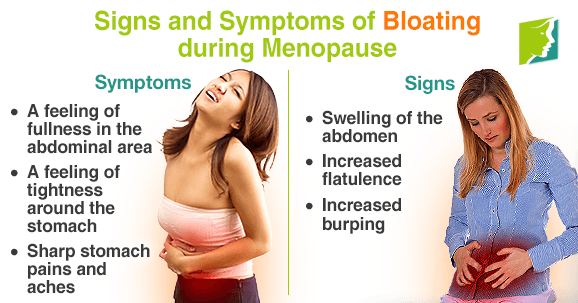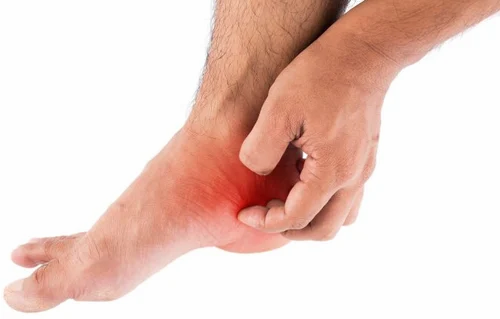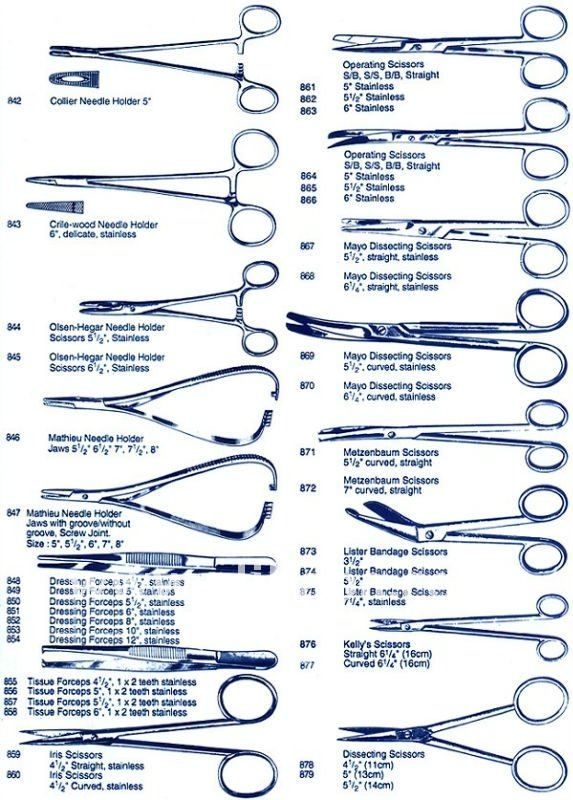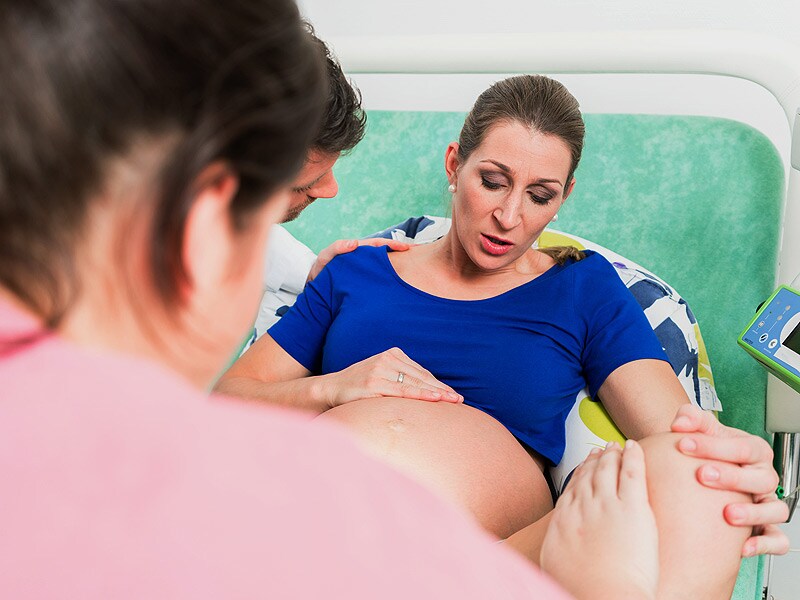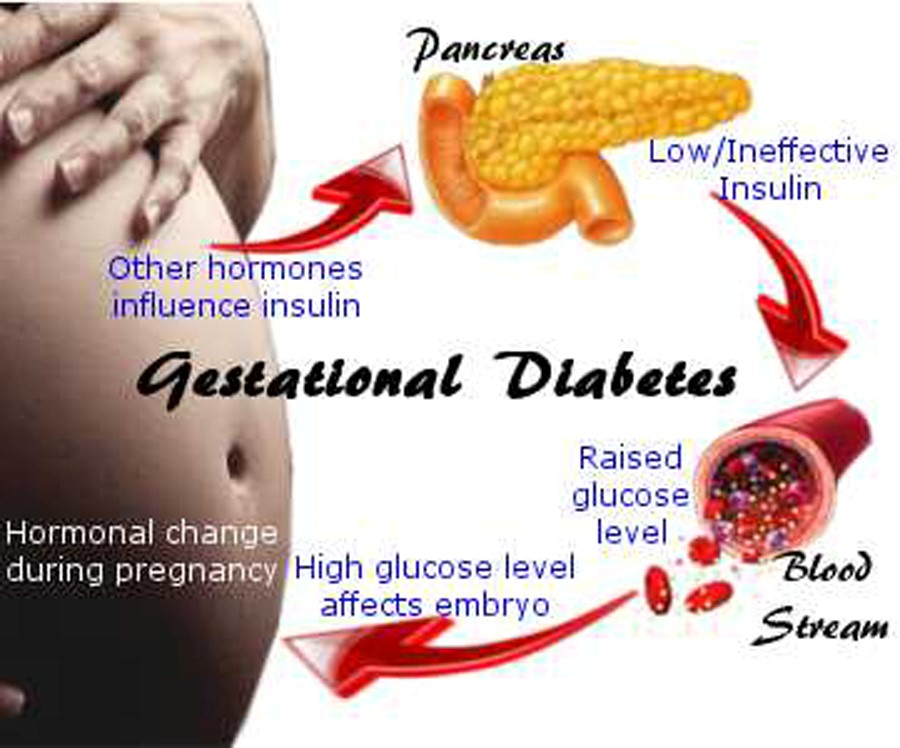Lower back and hip pain during pregnancy
Hip and Pelvic Pain During Pregnancy
During pregnancy, you may feel some aches or pains in your hip or pelvic region, and sometimes it can be difficult to pinpoint the exact problem. Here, we describe some of the causes and common symptoms of hip and pelvic pain, and offer some tips on how you can relieve or prevent the pain.
What Can Hip and Pelvic Pain Feel Like During Pregnancy?
It might help to know where the pelvis and hips are located in relation to one other: The pelvis, which is a large bone structure at the base of your spine, sits at the lower part of your torso. The hips are the joints on either side of the pelvis that connect each thigh to the pelvis.
If you feel pain in the pelvic or hip area, it can sometimes be tricky to pinpoint exactly where and what is sore. Pain in the pelvis or hip may even feel like back pain, particularly if it's radiating, and many women have back pain at some point during pregnancy. Plus, women experience pain in different ways: Some feel sharp, sudden discomfort, while others get a dull, constant ache. For you, it may even be a bit of each at different times throughout your pregnancy. Your healthcare provider will be able to make an accurate diagnosis.
Pelvic pain during pregnancy is not uncommon. It can be dull or sharp, constant or infrequent, mild or severe. You might even feel it radiate to your lower back, buttocks, or thighs. You might experience pelvic pain only during certain movements, for example if it hurts to walk. Or you might feel it in certain positions, for example when you lie down to sleep.
Make sure to tell your doctor about any pain that disrupts your daily life, that gets worse over time, or that feels severe; let your doctor know if you also feel light-headed, or if you have vaginal bleeding or a fever as well as pain.
Causes of Hip Pain
If you experience hip pain in early pregnancy or later in the first trimester, it may not be the result of pregnancy, but may be related to another condition.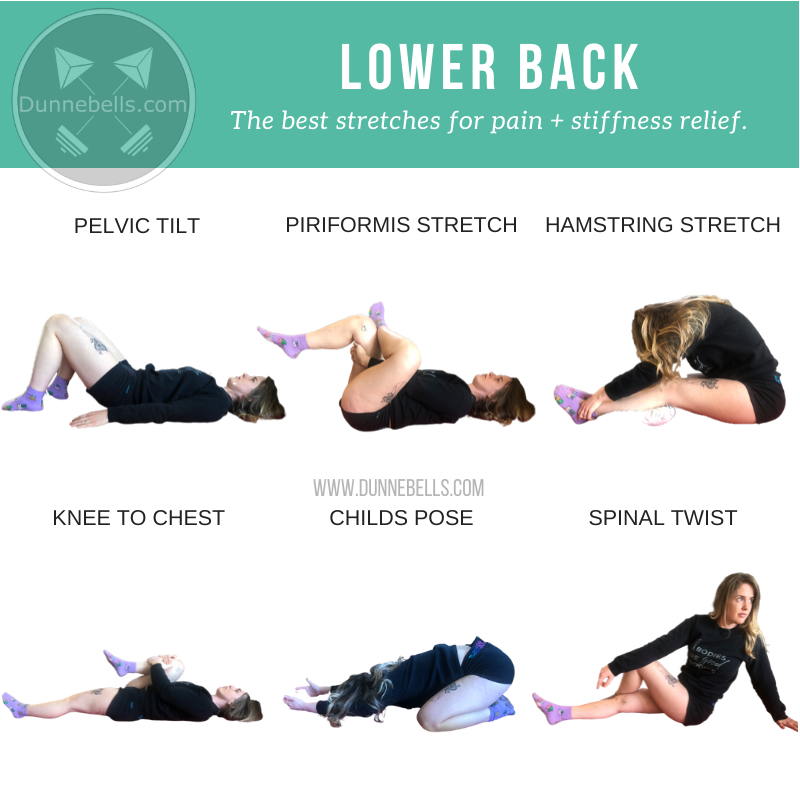 Your healthcare provider will be able to help pinpoint the cause.
Your healthcare provider will be able to help pinpoint the cause.
Hip pain during the second or third trimester may be caused by sciatica. This condition occurs when the growing uterus presses against the sciatic nerve. The pain can shoot down your lower back, hip, and back of the leg. The good news is this kind of pain will often resolve itself once your baby is born.
Causes of Pelvic Pain
Experiencing pelvic pain in early pregnancy is usually not a cause for concern. It can occur as your bones and ligaments shift to accommodate your growing baby.
In early pregnancy or even later during the first trimester, pelvic pain can be a symptom of an ectopic pregnancy, which is when the fertilized egg implants somewhere other than the uterus — usually in the fallopian tube. Other ectopic pregnancy symptoms include feeling a sharp pain in your shoulder, having vaginal bleeding or spotting, or feeling faint, dizzy, or weak.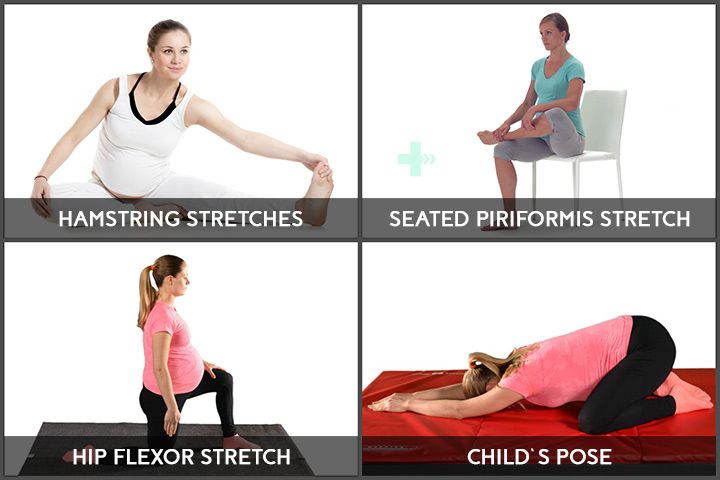 Ectopic pregnancies require medical treatment, so if you notice any of these symptoms, contact your doctor right away.
Ectopic pregnancies require medical treatment, so if you notice any of these symptoms, contact your doctor right away.
Pelvic pain during the third trimester can be triggered by the extra weight you are now carrying, as well as pregnancy hormones. The joints that connect the two halves of your pelvis are usually quite stiff and hard. Later in pregnancy, the hormone relaxin causes the muscles, joints, and ligaments in your pelvic region to loosen to make it easier for your baby to pass through the birth canal. This loosening, however, can lead to discomfort in the pelvic region if the ligaments and joints become too mobile.
Another change that happens later in pregnancy is that your baby drops lower into the pelvis in preparation for birth. As a result, you will feel more pressure in your pelvis, hips, and bladder. The plus side? It’s a sign your baby is getting ready to be born, and you may be able to breathe a little easier as the pressure is taken off your lungs. If your pregnancy is not yet full term, pressure in your pelvic region or lower abdomen could be a sign of preterm labor, so contact your healthcare provider right away if you notice this. Preterm labor may be accompanied by other symptoms such as a dull lower backache, bloody vaginal discharge, or regular contractions.
Preterm labor may be accompanied by other symptoms such as a dull lower backache, bloody vaginal discharge, or regular contractions.
Pelvic pain can sometimes be a symptom of a urinary tract infection (UTI). If you also have a fever or a burning sensation while you pee, contact your healthcare provider for advice and treatment.
How to Prevent or Relieve Pelvic or Hip Pain During Pregnancy
It's best to ask your healthcare provider, who may advise you to
avoid standing for long periods of time
avoid lifting heavy objects
get regular exercise but without overexerting yourself. Download our free guide to exercising while pregnant (always check in first with your provider before starting a new exercise regimen)
take a warm bath
practice good posture
sleep with a pillow between your knees
use a heat pack on the sore areas
do Kegel exercises
use a maternity support belt.
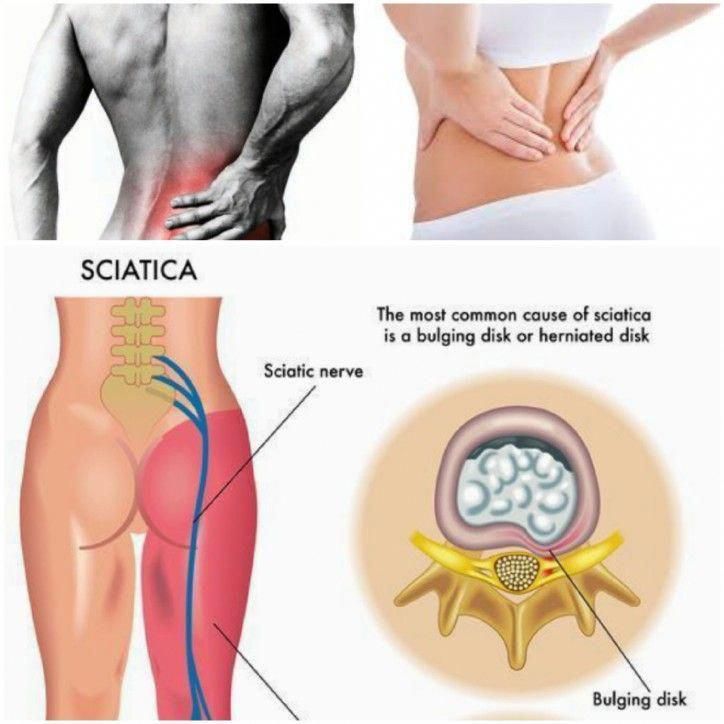
Your healthcare provider may recommend pain relief drugs, physical therapy, or specific exercises to help reduce hip or pelvic pain.
Hip or pelvic pain may be one of the annoying aches you experience during pregnancy, but sometimes, just knowing that this can be a natural part of pregnancy helps.
Hip Pain During Pregnancy | American Pregnancy Association
Hip pain during pregnancy is a common symptom that you may experience. This discomfort is most often felt late in pregnancy, specifically during the third trimester. This occurs because your body is preparing itself for labor. Soreness and pain are often felt the strongest on the side where the baby tends to lie in your uterus.
During pregnancy, your body releases hormones that allow connective tissue to relax and soften. As a result of this, the joints and ligaments between the bones in your pelvis will begin to loosen. Increasing flexibility in these bones is imperative for allowing the baby to move through your body during labor.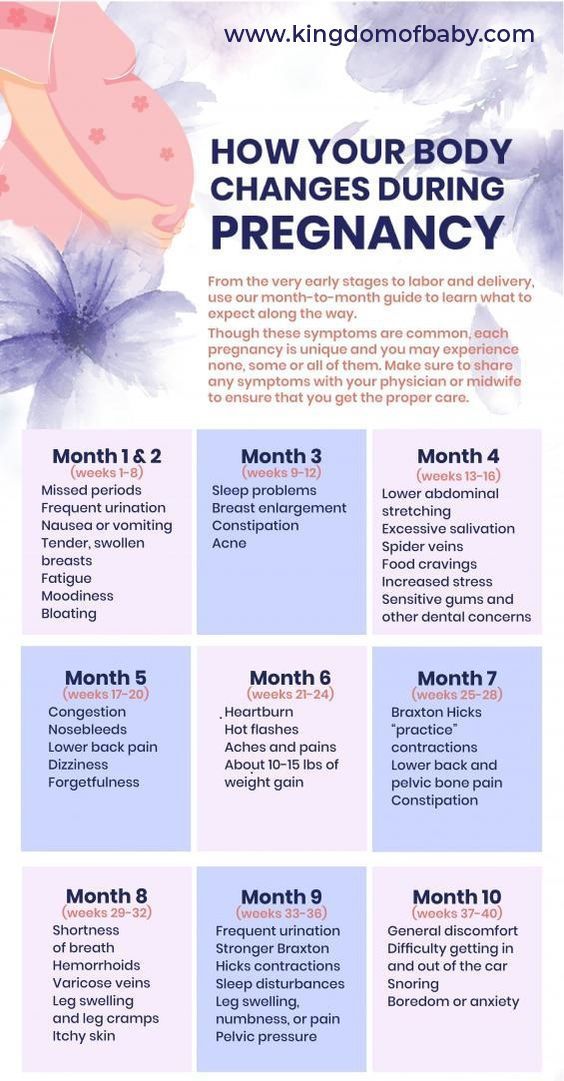 Lower back pain, as well as, changes in posture and a heavier uterus may contribute to the soreness you feel.
Lower back pain, as well as, changes in posture and a heavier uterus may contribute to the soreness you feel.
Other causes of pain in your hips include increased pressure on the sciatic nerve. The two sciatic nerves in your body run from the lower back to the feet. When an enlarged uterus puts pressure on the nerves, you can experience pain, numbness, or a tingling sensation in the buttocks, hips, and thighs. This problem is referred to as sciatica. As you get closer to your due date, your baby will change its position in your uterus. This will likely reduce the discomfort you are feeling. Sciatica is usually normal during pregnancy, but you should still inform your doctor if you experience it, as there are other less common, but serious, causes of sciatica.
Another possible cause of hip pain during the second trimester is round ligament pain. Round ligament pain is characterized by sharp pains in the abdomen, hip, and groin area. The pain may intensify with rapid movements or changes in position. For more information on round ligament pain, please review this article on round ligament pain during pregnancy.
For more information on round ligament pain, please review this article on round ligament pain during pregnancy.
How can you alleviate hip pain during pregnancy?
Practicing exercises that strengthen both the back muscles, as well as, your abdominal muscles will likely reduce hip pain. One exercise that may provide relief is elevating your hips above chest level while lying on your back for a couple of minutes. Taking a warm bath or applying warm compresses to the sore area can reduce pain. In addition, a massage may ease soreness.
As you get closer to your delivery date, make sure to sleep on your side and keep your legs and knees bent. Using pillows to support your abdomen and upper leg can alleviate uncomfortableness while sleeping. If lying on your side worsens your hip pain, place a pillow or blanket at the small of your back and sleep leaning against it. This will reduce pressure on the hip you are sleeping on.
When should you call your doctor?
If your hip pain is accompanied by pressure or soreness in the pelvic area that radiates towards the thighs before the 37th week of pregnancy, it is important to seek out your health care provider.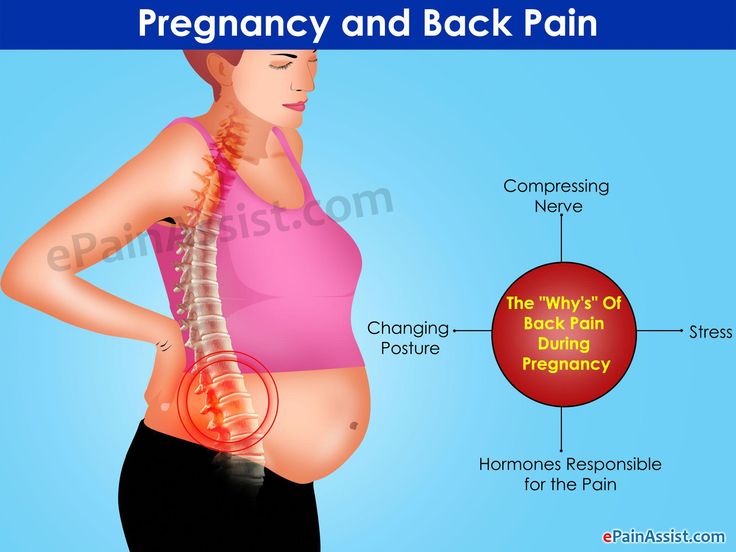 This can be a sign of preterm labor.
This can be a sign of preterm labor.
Along with pelvic pressure, other indications of preterm labor are:
- Abdominal cramping and discomfort, particularly in the lower abdomen
- Lower backache that extends to the front and sides of your body, without relief, when you change positions
- Unexpected contractions that occur approximately every ten minutes
- Discharge from your vagina that is clear, pink, or brown in color
Want to Know More?
- 7 Discomforts of Pregnancy
- Nighttime Ice Cream – the official pregnancy ice cream is formulated to be easy to digest
Compiled using information from the following sources:
1. Katz, Vern L. (2003). Prenatal Care in Scott, James R., Gibbs, Ronald S., Karlan, Beth Y., & Haney, Arthur F. (Eds.), Danforth’s Obstetrics and Gynecology, 9th edition (18). Philadelphia, PA: Lippincott Williams & Wilkins.
2. The Third Trimester: 28 to 40 weeks and beyond in Johnson, Robert V. (Ed.), Mayo Clinic Complete Book of Pregnancy & Baby’s First Year (176-7). New York, NY: William Morrow and Company, Inc.
(Ed.), Mayo Clinic Complete Book of Pregnancy & Baby’s First Year (176-7). New York, NY: William Morrow and Company, Inc.
3. Common concerns and questions of pregnancy in Harms, Roger W. (Ed.), Mayo Clinic Guide to a Healthy Pregnancy (455-76). New York, NY: HarperCollins Publishers Inc.
Methods for the prevention and treatment of pain in the lumbar region and pelvic region during pregnancy
Review question
We were looking for evidence of the effect of any treatment used to prevent or treat low back pain, pelvic pain, or both during pregnancy. We would also like to know if the treatment reduced disability or sick leave, and if the treatment caused any side effects for pregnant women.
Relevance
Pain in the lumbar region, pelvic region, or both is a common complaint during pregnancy, often progressing as the pregnancy progresses. This pain can interfere with the daily activities, work, and sleep of pregnant women. We wanted to find out which treatment or combination of treatment options would be better than conventional prenatal care for pregnant women with these complaints.
We wanted to find out which treatment or combination of treatment options would be better than conventional prenatal care for pregnant women with these complaints.
Study profile
This evidence is current to 19 January 2015. We included 34 randomized trials with 5,121 pregnant women aged 16 to 45 in this updated review. The women were between 12 and 38 weeks pregnant. Studies have looked at various treatments for pregnant women with low back pain, pelvic pain, or both types of pain. All treatments were added to routine antenatal care and only compared to routine antenatal care in 23 studies. Symptoms in women in the studies were assessed in many ways, from self-reported pain to sick leave with the results of special tests.
Main results
Pain in the lumbar region
When we combined the results of seven studies (645 women) that compared any form of physical exercise with routine prenatal care, exercise (lasting five to 20 weeks), we found that women with low back pain improved and disability rates decreased .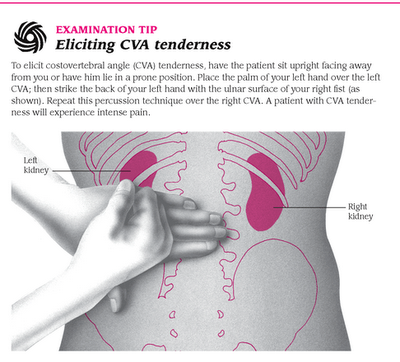
Pelvic pain
Less evidence is available for the treatment of pelvic pain. Two studies showed that women who participated in group exercise and received training in pain management reported no difference in pelvic pain compared to women who received routine prenatal care.
Pain in the lumbar region and pelvis
Results from four studies (1,176 women) when combined showed that an 8 to 12 week exercise program reduced the number of women who complained of low back and pelvic pain. In two studies (1,062 women), ground exercises of various formats also reduced sick leave-related low back and pelvic pain.
However, two other studies (374 women) found that group exercise and education was no better in preventing pain, both in the pelvic region and in the lumbar region, compared with conventional prenatal care.
There have been a number of separate studies that have evaluated different treatment options.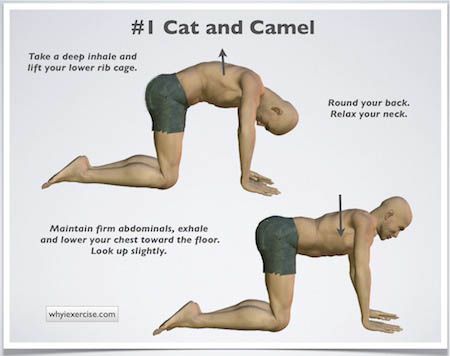 These results confirm that craniosacral therapy, osteomanipulation therapy, or multimodal intervention (manual therapy, exercise, and education) may be beneficial.
These results confirm that craniosacral therapy, osteomanipulation therapy, or multimodal intervention (manual therapy, exercise, and education) may be beneficial.
When side effects were reported, there were no long-term side effects in any of the studies.
Quality of evidence and conclusions
There is low-quality evidence that exercise reduces pain and disability in women with low back pain, and moderate-quality evidence for the effect of exercise on reducing sick leave and reducing the number of women with both lower back and pelvic pain complaints. The quality of the evidence depends on problems with study design, small numbers of women, and variable results. Ultimately, we believe that future research is likely to change our findings. There is not enough good quality evidence to make confident decisions about the treatment of these complaints.
Translation notes:
Translation: Kong Hong Han. Editing: Gamirova Rimma Gabdulbarovna, Ziganshina Lilia Evgenievna.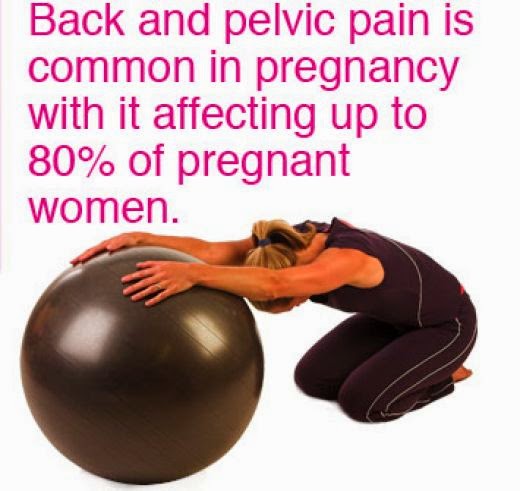 Project coordination for translation into Russian: Cochrane Russia - Cochrane Russia (branch of the Northern Cochrane Center on the basis of Kazan Federal University). For questions related to this translation, please contact us at: [email protected]
Project coordination for translation into Russian: Cochrane Russia - Cochrane Russia (branch of the Northern Cochrane Center on the basis of Kazan Federal University). For questions related to this translation, please contact us at: [email protected]
Lower back pain and pregnancy
As a result, there are changes in the spine, in the muscles of the abdomen and back and the shape of the lumbar curve of the spine (hyperlordosis), and all this becomes relaxed. Poor posture and poor muscle tone can also affect spinal mechanics.
The lumbar curve of the spine begins to slowly increase as the pelvis begins to move back. This posture begins to affect the weakened muscles and leads to the accumulation of fatigue in the muscles of the lower back. A woman may experience moderately painful muscle spasms at first, which may be the first sign of the possibility of persistent low back pain as the pregnancy progresses. The growing uterus shifts the center of gravity and weakens the abdominal muscles, changes posture and puts excessive stress on the back.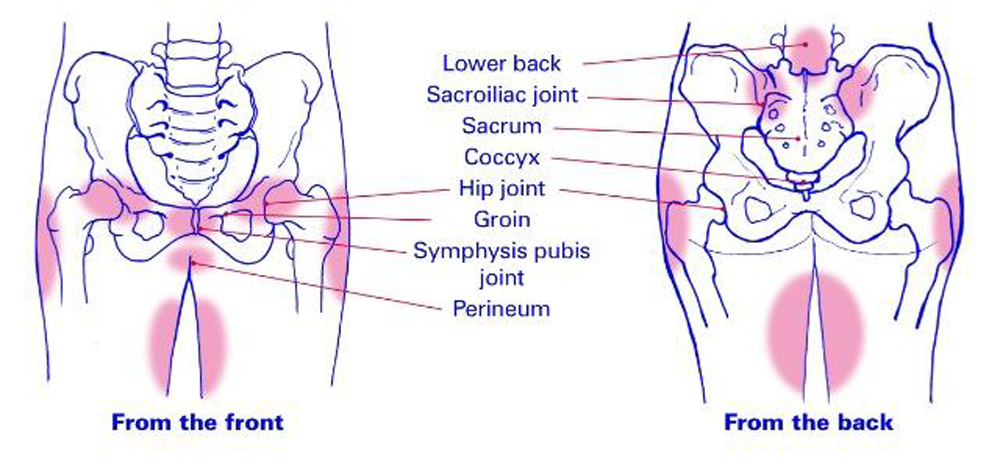 If the uterus affects the nerves, then this can lead to pain. In addition, being overweight during pregnancy puts more stress on the muscles and joints, and therefore, by the end of the day, a pregnant woman may feel discomfort.
If the uterus affects the nerves, then this can lead to pain. In addition, being overweight during pregnancy puts more stress on the muscles and joints, and therefore, by the end of the day, a pregnant woman may feel discomfort.
Experts describe the two most common patterns of low back pain during pregnancy: low back pain that occurs in the area of the lumbar vertebrae in the lower back, and posterior pelvic pain, which is felt in the back of the pelvis. Some women have symptoms of both types of low back pain.
Low back pain is similar to the pain that a woman experienced before pregnancy. Pain is felt in the lower back and around the spine, approximately at waist level. Women may also experience pain that radiates to the legs. Prolonged sitting or standing can aggravate the pain and, as a rule, the pain tends to increase towards the end of the day. Many more women experience back pelvic pain, which is felt less than lower back pain. The pain may be deep inside the buttocks, on one or both buttocks, or in the back of the thighs. Pain can be triggered by activities such as walking, climbing stairs, getting in and out of the bathroom on a low cabinet, turning in bed, or twisting and lifting heavy objects.
Pain can be triggered by activities such as walking, climbing stairs, getting in and out of the bathroom on a low cabinet, turning in bed, or twisting and lifting heavy objects.
Positions that involve leaning forward, such as sitting, in a chair, and working at a desk while leaning forward, can exacerbate posterior pelvic pain. Women with posterior pelvic pain are also more likely to experience pain over the pubic bone.
When low back pain radiates to the buttocks and thighs, sciatica is often suspected - although sciatica is not very common in pregnant women. True sciatica, which can be caused by a herniated disc or the presence of a disc protrusion in the lumbar spine, occurs in only 1 percent of pregnant women.
If there is compression and inflammation of the sciatic nerve (herniated disc), then the pain in the legs is more severe than with normal low back pain. Pain can be felt not only in the thigh, but also below the knee or even radiate to the foot. It is also possible the presence of sensory disturbances, such as numbness or tingling sensations.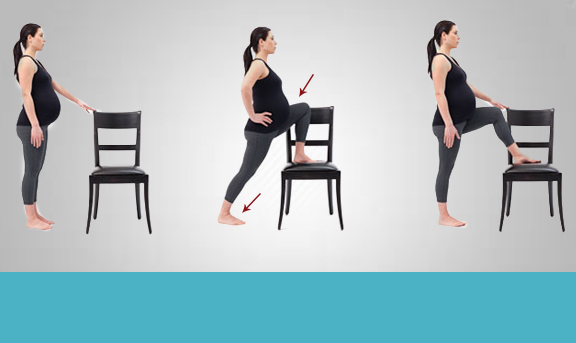
In severe sciatica, there may be numbness in the groin area, as well as in the genital area. You may also have trouble urinating or defecation. If a pregnant woman has suspicions of sciatica, then she must definitely contact her doctor. If symptoms such as impaired sensation in the legs and weakness in one or both legs or loss of sensation in the groin and impaired urination or defecation appear, then you need to see a doctor urgently! Such symptoms may be evidence of the development of the "cauda equina" syndrome in the presence of a herniated disc in a pregnant woman, and in such cases an emergency operation is necessary.
Risk factors for low back pain
It is not surprising that, most likely, low back pain in pregnant women is most likely if there were already pains before pregnancy or there were degenerative changes in the lumbar spine (protrusions, herniated discs). Also at higher risk are pregnant women who led an inactive lifestyle before pregnancy, as a result of which their back muscles are weak, as well as the abdominal muscles.
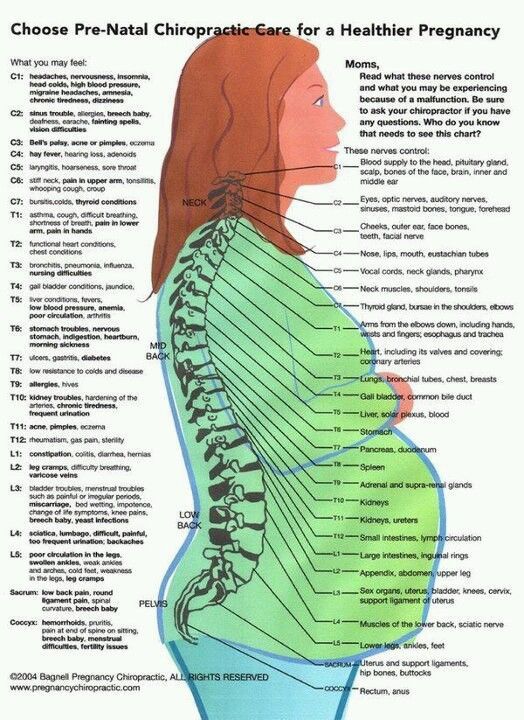 Pregnancy with multiple fetuses (twins) significantly increases the risk of lower back pain. Obesity may also be a risk factor for developing low back pain during pregnancy.
Pregnancy with multiple fetuses (twins) significantly increases the risk of lower back pain. Obesity may also be a risk factor for developing low back pain during pregnancy. Diagnosis of low back pain.
Examinations such as CT (MSCT) are rarely used to diagnose the causes of low back pain in pregnant women due to possible teratogenic effects on the fetus. MRI is also not recommended, especially in the first trimester of pregnancy. But, if there are clinical indications, then MRI can be performed. Therefore, as a rule, the diagnosis of low back pain in pregnant women is mainly based on physical examination data, symptoms and medical history (for example, the presence of a disc herniation before pregnancy).
Treatment
The use of any medication during pregnancy is a big risk, since all medications will also enter the body of the fetus. Therefore, the usual prescription of painkillers, muscle relaxants, or steroids (NSAIDs) for back pain is contraindicated in pregnant women. In addition, the use of acupuncture physiotherapy is also not recommended. It is possible to use light massage and very gentle manual therapy techniques.
In addition, the use of acupuncture physiotherapy is also not recommended. It is possible to use light massage and very gentle manual therapy techniques.
At the forefront of the treatment of back pain in pregnant women is exercise therapy (gymnastics) and certain recommendations for daily activities. Gymnastics can be specialized, such as prenatal yoga. Good effect gives swimming and walking.
Swimming is an excellent choice of exercise for pregnant women because it strengthens the abdominal and lower back muscles, and being in the water relieves stress on joints and ligaments.
Need to maintain proper biomechanics during pregnancy:
- Stand up straight. This becomes more and more difficult to do as the shape of the body changes, but one must try to keep the back straight and the shoulders back. Pregnant women tend to drop their shoulders and arch their back as their belly grows, which puts more stress on the spine.
- If it is necessary to sit during the day, then one should sit straight.
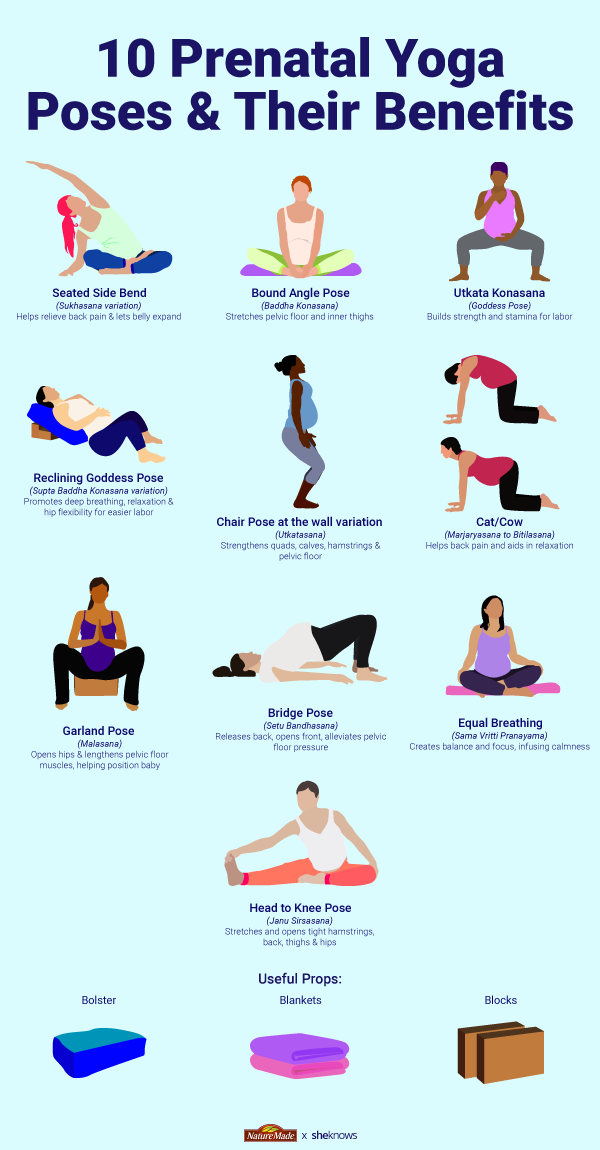 Leg support (bedside table) can help prevent lower back pain, and you can also put a special pillow under the lower back. Take frequent breaks from sitting. You need to get up and walk for several minutes, at least once an hour.
Leg support (bedside table) can help prevent lower back pain, and you can also put a special pillow under the lower back. Take frequent breaks from sitting. You need to get up and walk for several minutes, at least once an hour. - It is equally important not to stand too long. If you need to stand all day, then it is advisable to rest while lying on your side during a break, supporting your upper leg and stomach with pillows.
- Avoid movements that increase pain. If there is posterior pelvic pain, then one should try to limit activities such as climbing stairs. It is also advisable to avoid any activity that requires extreme movement of the hips or spine.
- It is important to wear comfortable shoes and avoid high heels. As the abdomen grows, the center of gravity shifts and when wearing shoes with heels, the risk of falls increases.
- Always bend your knees and pick things up from your haunches to minimize stress on your back. Spinal twisting should be avoided and activities such as vacuuming or mopping should be avoided.

Learn more
